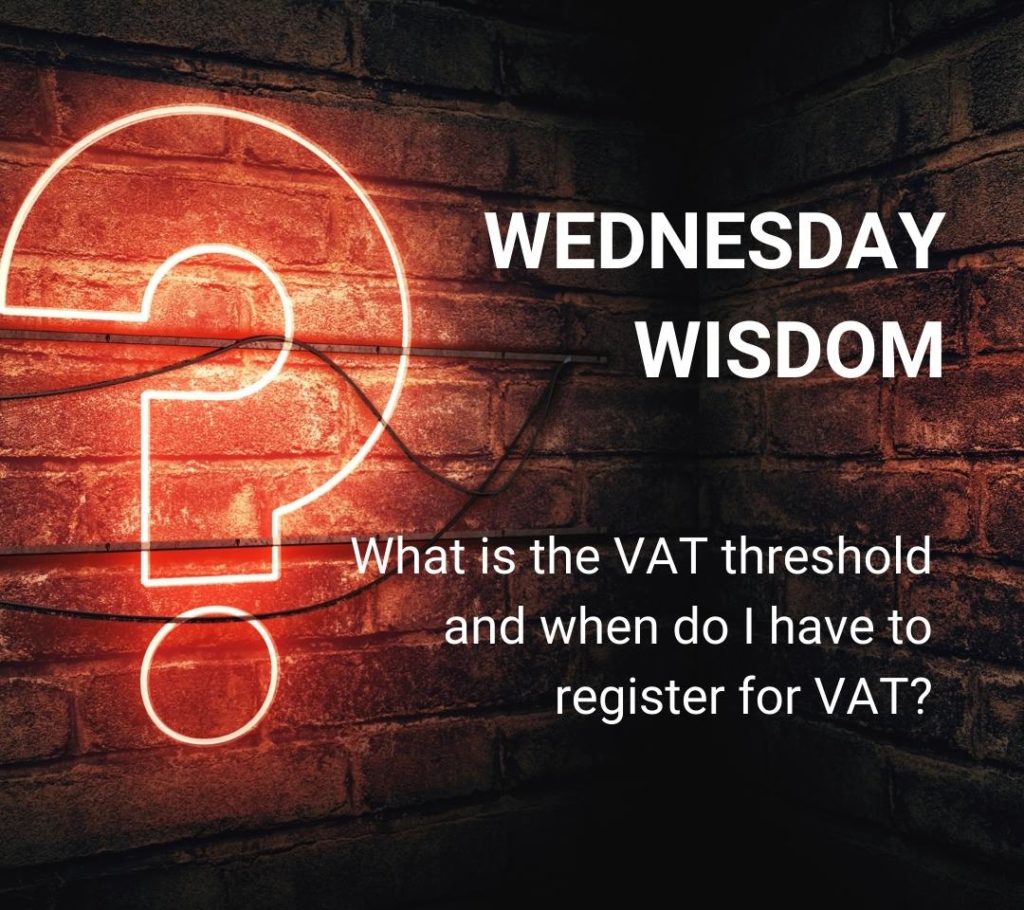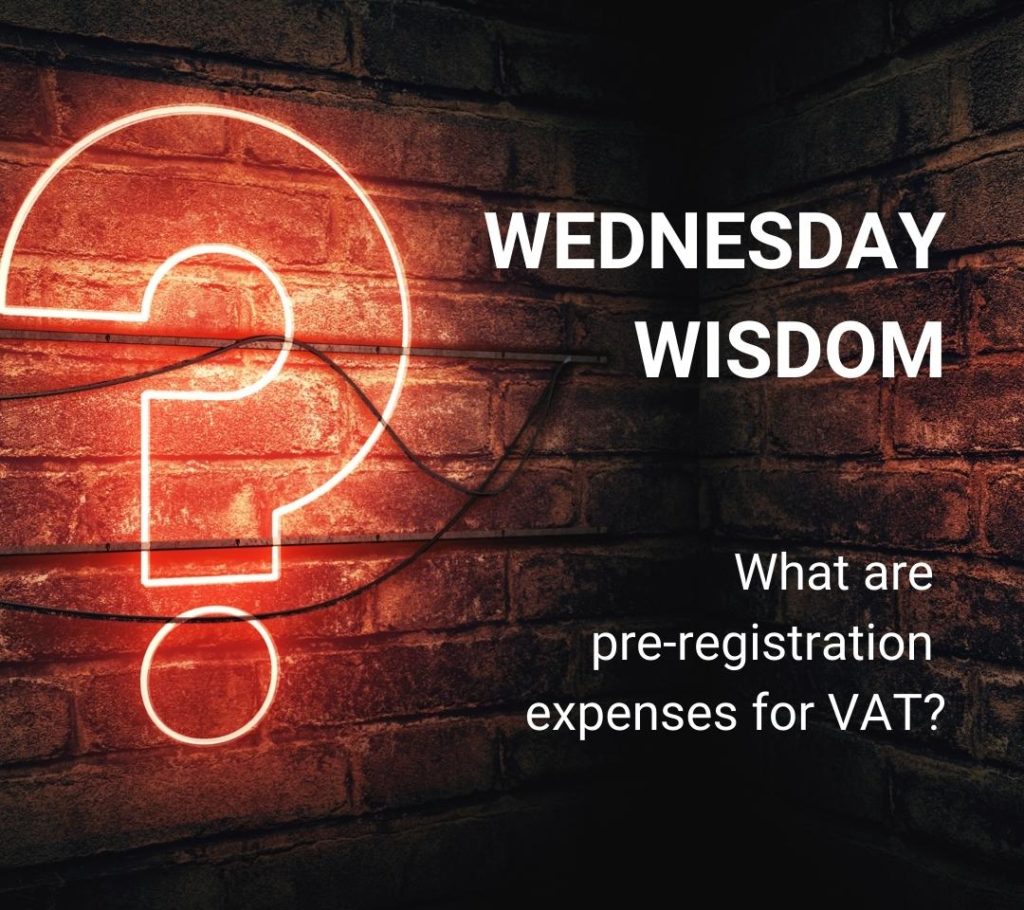It’s that time of year again – The Creative Shootout entry season. The theme for 2025 is “Hidden Disabilities”, and the chosen Charity of the Year is Epilepsy Action.
This charity, marking its 75th anniversary in 2025, is dedicated to supporting those affected by epilepsy – a hidden disability that impacts 630,000 people in the UK.
As the entry deadline of 29th November 2024 approaches, I urge you to consider the transformative power of your creativity.
This isn’t just a competition; it’s a chance to give a voice to those whose challenges often go unseen, unspoken, and misunderstood.
Epilepsy: The Unseen Struggle
Epilepsy Action’s mission is simple but profound: to ensure that no one living with epilepsy feels alone.
Millions of seizures happen every day, yet the stigma, isolation, and misconceptions surrounding epilepsy remain pervasive. Often misinterpreted and hidden, epilepsy is more than a neurological condition – it’s a daily storm in the lives of those it affects.
The stories of those with epilepsy are heartbreakingly common.
These are the judgments that many face because epilepsy is so often misunderstood.
The symptoms, the consequences, and the very real dangers of seizures are frequently misread by a society that doesn’t fully understand what it means to live with this condition.
The Personal Storm
She must be drunk.
She must be a victim of domestic violence.
She must be a bad mother.
The first time I heard about epilepsy, I was a child. A girl in my junior school described her seizures as like “a thunderstorm in my head.”
She explained it so matter-of-factly that I didn’t even think of it as a disability.
It wasn’t until years later, when epilepsy hit closer to home, that I understood the profound impact of this invisible condition.
The Mother
When I was a teenager my mother was diagnosed, my sister and I had to learn, on our own, how to care for her during and after seizures.
It was the first time I had heard the word epilepsy since school. My sister and I had to learn the signals that could indicate a seizure was about to happen.
We knew that the slurring and the stumbling had nothing to do with drinking and getting her to a safe space as soon as possible. I can still remember the fear of making sure she didn’t swallow her tongue or the hours it would take for her to recognise me again.
There was no guidance, no support network – just a few leaflets and whatever we could glean from library books.
The Colleague
A few years later, I found myself working at ITV on a popular talk show.
I loved the job—everything about it felt dynamic and exciting. My direct manager, Caroline, was an incredible woman who led our small team responsible for organising outside broadcasts.
The hours were long, the pay was modest, but we thrived in the camaraderie that came with the work. In such close-knit environments, you naturally become attuned to your colleagues.
It wasn’t long before I began to notice things about Caroline that concerned me. She would arrive at work with bruises—sometimes on her face, sometimes on her arms.
They would appear and disappear without explanation. Every morning, her boyfriend called the office to confirm she had arrived safely, and she never left work without him coming to pick her up.
The team started to speculate, their worries pointing toward domestic violence. The bruises, the watchful boyfriend—it all seemed to fit.
But something didn’t sit right with me. I couldn’t shake the feeling that there was more to Caroline’s story. One day, she confided in me.
She wasn’t being abused; she had epilepsy. The bruises were from falls during seizures, and her boyfriend’s vigilance was his way of protecting her.
She admitted to feeling embarrassed and ashamed, afraid that if people knew, they’d treat her differently.
Her confession reminded me of my mum, who also carried the weight of epilepsy in silence.
I shared my own experiences with Caroline, and that bond of mutual understanding seemed to bring her some comfort. She knew she could trust me, and I took on the role of quietly supporting her when she needed it.
I like to think that, in a small way, I made her feel safe.
Tragically, a few years later, Caroline suffered a grand mal seizure that left her in a coma. She passed away a few days later. She wasn’t even 30 years old.
The Cousin
In my late twenties, I got married and welcomed my first daughter into the world.
By then, epilepsy had been a constant presence in my life for over two decades through my mum, whose condition I had learned to navigate. It had become a part of our daily rhythm, something we managed but could never fully escape.
During this time, my younger cousin Lizzie was also diagnosed with epilepsy. Lizzie was a young, independent single mum raising her two little children on her own.
She was strong, resourceful, and determined to provide a good life for her kids despite the challenges epilepsy brought.
One morning, everything changed. Lizzie’s neighbours found her children, just toddlers, wandering the communal hallway alone. Concerned, they asked her four-year-old son where his mummy was.
He innocently explained, “Mummy is asleep in the bath and won’t wake up.” The night before, Lizzie had decided to take a bath. At some point, she suffered a seizure and drowned.
The shock and pain of losing her in such a tragic, preventable way is something that continues to haunt my family.
It was one of the most devastating moments of our lives and a stark reminder of how dangerous epilepsy can be, even in the privacy of one’s own home.
These are just a few examples of how epilepsy shapes and shatters lives – often in silence, often in the shadows.
Why Your Creativity Matters
This is where you come in. The Creative Shootout 2025 is your opportunity to break this silence and dispel the stigma surrounding epilepsy.
By crafting a campaign that informs, inspires, and educates, you have the power to change perceptions and improve lives.
Epilepsy Action needs your boldest, most innovative ideas. The charity provides vital resources, advocacy, and support, but raising awareness is the key to transforming public understanding and fostering compassion for those living with this condition.
A successful campaign could:
Help people recognise seizures and respond appropriately.
Reduce the shame and stigma that prevent so many from seeking support.
Empower individuals with epilepsy to live their lives with confidence.
Creativity Under Pressure
New for 2025 is Creativity Under Pressure training – a skill essential to success at the Creative Shootout.
After writing this article, which required digging deep and confronting some fears, I can relate to the barriers pressure can create.
It’s available to anyone entering the awards, as well as anyone after some seriously alternative creative training.
Make a Noise for the Silent Storm
You have until 29th November 2024 to submit your entry. Eight teams will be selected by a panel of high-profile judges to compete in the Live Final Show on 30th January 2025 at the iconic BAFTA in Piccadilly, London.
This is your chance to amplify the voices of the 630,000 people in the UK living with epilepsy and their families. It’s time to make noise for those who suffer in silence, to shine a light on what has too long remained hidden
Your creativity could be the spark that turns the tide.
Let’s work together to ensure that the storms of epilepsy no longer rage in silence.
If you’re interested in previous Creative Shootout events, read our blog.








